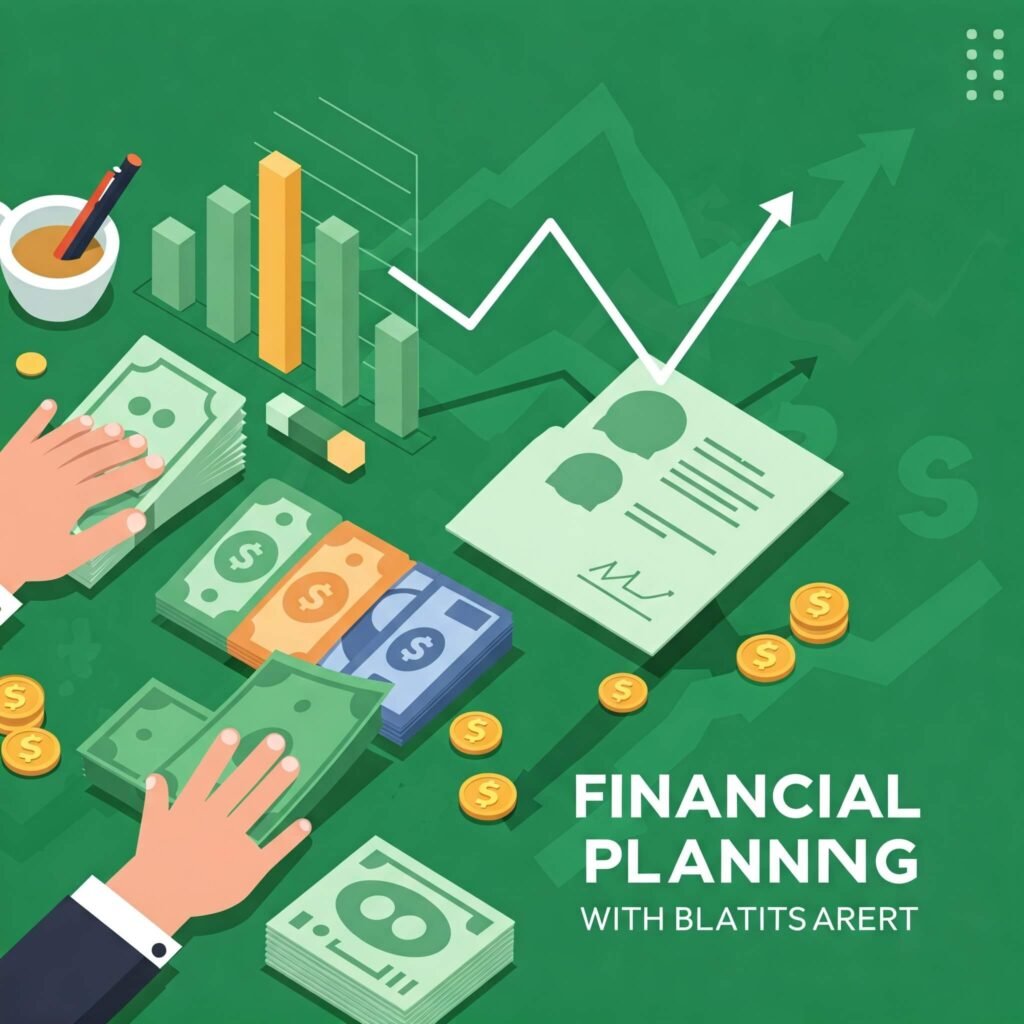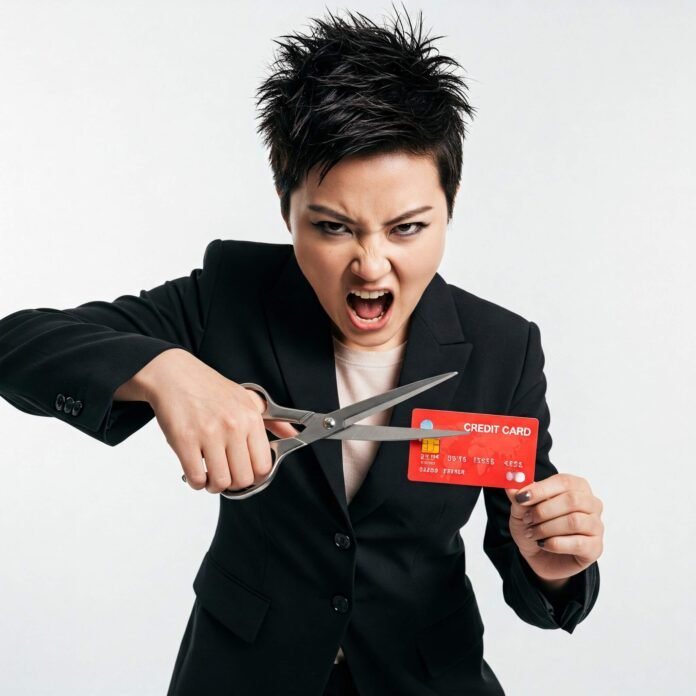Struggling with credit card debt can feel like running on a treadmill—you’re moving, but not getting anywhere. High interest rates and endless minimum payments can trap you in a cycle that’s hard to escape. The good news? With smart strategies, you can pay off credit card debt faster and reclaim your financial freedom. This guide shares actionable tips, real-world examples, and proven methods to help you tackle credit card debt efficiently.
Why Credit Card Debt Is So Hard to Escape
Credit card debts isn’t just about the money you owe—it’s the high interest rates and compounding charges that make it grow. According to Experian, the average American carries over $6,000 in credit card debts. Understanding the challenges is the first step to creating a debt repayment plan.
The Interest Rate Trap
Credit cards often have interest rates between 15-25%, meaning a $5,000 balance could cost you $750-$1,250 in interest annually if unpaid. This makes minimum payments feel like a drop in the bucket.
Lifestyle Creep
Spending habits, like frequent dining out or impulse purchases, can add to your credit card debt without you noticing—until the bill arrives.

Smart Strategies to Pay Off Credit Card Debts Faster
Here’s how to create a debt repayment plan that works. These strategies are practical, easy to implement, and designed to help you eliminate credit card debt quickly.
1. Adopt the Avalanche Method
The avalanche method focuses on paying off the card with the highest interest rate first while making minimum payments on others. This saves you money on interest over time.
- How it works: List your debts by interest rate, highest to lowest. Put extra payments toward the highest-rate card.
- Example: Sarah had three cards: $3,000 at 22%, $2,000 at 18%, and $1,000 at 15%. By focusing on the 22% card, she saved $400 in interest over a year.
2. Try the Snowball Method
The snowball method prioritizes the smallest balance first for quick wins, boosting motivation.
- How it works: List debts from smallest to largest balance. Pay off the smallest while maintaining minimums on others.
- Example: John paid off a $500 store card in two months, which motivated him to tackle his $2,000 card next.
3. Consolidate Your Debt
Debt consolidation combines multiple debts into a single loan with a lower interest rate, simplifying payments.
- Options: Personal loans, balance transfer cards with 0% introductory rates (e.g., Chase Slate).
- Pro tip: Look for balance transfer cards with no fees and a 12-18 month 0% period.

4. Create a Budget for Debt Repayment
A budget helps you allocate funds to pay off credit card debt faster.
- Steps:
- Track your income and expenses using apps like YNAB.
- Cut non-essential spending (e.g., subscriptions, dining out).
- Allocate savings to debt payments.
- Example: Lisa cut $200/month from entertainment and applied it to her $4,000 debt, paying it off six months early.
5. Negotiate Lower Interest Rates
Call your credit card company and ask for a lower rate. A 2021 LendingTree study found 76% of people who asked got a reduction.
- How to do it: Highlight your payment history and mention competitor offers.
- Example: Mark reduced his 20% rate to 15%, saving $300 annually on a $6,000 balance.

Avoiding Common Mistakes When Tackling Credit Card Debt
While working to pay off credit card debt, steer clear of these pitfalls:
- Relying on minimum payments: This extends your debt timeline and increases interest costs.
- Ignoring fees: Late fees or balance transfer fees can add up.
- Continuing to use cards: Avoid new charges while paying off existing balances.
Building Financial Freedom After Debt
Once you’ve paid off your credit card debt, take steps to stay debt-free:
- Build an emergency fund to avoid relying on credit cards.
- Use cards for rewards but pay the balance monthly.
- Monitor your credit score with tools like Credit Karma.
Conclusion: Take Control of Your Credit Card Debt Today
Paying off credit card debt doesn’t have to feel overwhelming. With smart strategies like the avalanche or snowball method, debt consolidation, and a solid budgeting for debt plan, you can achieve financial freedom faster than you think. Start today by picking one strategy and taking the first step toward a debt-free future.
Call to Action: Which strategy will you try first? Share your plan in the comments or start tracking your progress with a budgeting app today!
outbound links:




